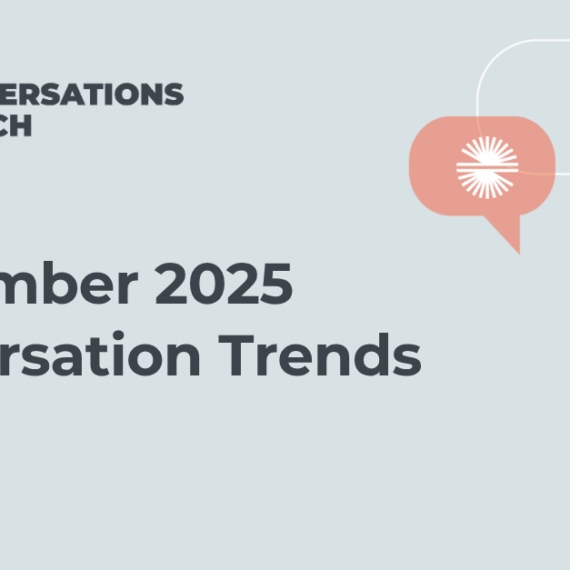In recent years, a financially strapped media industry has been tasked with the impossible job of doing more with less. This could not be any clearer than it is now.
The joke among reporters is that even in the best of times, the media industry is usually in a depression. That may be a bit of exaggeration, but these are clearly not the best of times. And with more than 40 million people filing for unemployment since the COVID-19 crisis, media has been one of the hardest hit industries. Layoffs have become widespread – from The Atlantic to CBS – no publication has been spared. Yet, the task of accurately reporting the news has never been more important with COVID-19, mass unemployment and social justice protests – we are dependent upon journalists to get the facts and to tell the stories that inform the public about their world.
But as companies try to return to something resembling normalcy – the drumbeat of new products, funding rounds, IPOs and earnings continues – there are fewer professional reporters to report on what’s going on.
I recently spoke with Stephanie Mehta, editor-in-chief at Fast Company, Tonya Garcia, Retail and Consumer reporter at MarketWatch and Chris Preimesberger, editor of eWeek.com, to get their perspectives on what it has been like to cover COVID-19 and get their tips for companies and communications professionals still trying to do their job. Here is what they had to say:
How much of your coverage has been dedicated to COVID-19 and do you expect that to change in the coming weeks/months?
Mehta: “Since mid-March, approximately 60% of our coverage has been dedicated to news around the health and economic crises caused by the spread of COVID-19 and the lockdown, as well as solutions such as the efforts to develop testing, therapies and vaccines. I expect that we’ll do somewhat fewer COVID-19-related stories, and more of those will be related to the economic recovery. And clearly now you have the racial injustice issues.”
Preimesberger: “At this point I’d say 1 of every 4 or 5 articles touches on COVID-19 or some aspect of how IT is impacted by it. [In regard to if that will change] probably not for the rest of the summer; hopefully this issue will burn out by October.”
Garcia: “Most of the coverage these days is centered on COVID-19 and the changes in consumer behavior that are derived from the pandemic. That will last for the foreseeable future. There’s so much uncertainty, and change happens on a weekly and sometimes daily basis.”
What types of non-COVID stories are gaining attention from your readers?
Mehta: “Stories about the design of the office of the future, companies shifting resources to make PPE or masks or medical equipment, etc.”
Preimesberger: “The usual suspect type articles: trends, use cases, how-to’s, data points, news perspectives.”
Garcia: “Now certainly all eyes are on the global protests after the killing of George Floyd at the hands of the police. Besides that, MarketWatch readers are interested in the future and what steps they should be taking to make it through the pandemic in good financial shape.”
The pandemic has had a devastating toll on the journalism industry, what type of consequences do you foresee as a result?
Mehta: “The sad continuation of the hollowing out of local journalism will continue, I fear.”
Preimesberger: “More freelancers, fewer staff at publishers. More independent reporters and commentators on their own sites.”
Garcia: “Unfortunately, it looks like the media industry is in for more contraction. The pandemic has been tough on the media as it has on a number of other industries. But the media has made it through past troubles and will survive this as well.”
What tips do you have for PR folks still trying to pitch a story?
Mehta: “Please read the publication, reach out to the relevant writers and editors, don’t mix us up with Wired or Forbes or Entrepreneur or Inc.”
Preimesberger: “Products/services: Send me the facts, don’t worry about adjectives, tell me how it works, why it works, for whom or what it works, how much it costs and how I should use it.
-
-
- For introducing me to a thought leader: Tell me who he/she is, what they’ve done, what they’re saying, how they see the relevance of the thought and why I should talk to them.
- Always send me an email first. If I don’t respond right away, send it again. Don’t fret about “filling my inbox,” it’s already full with an email every 2 to 3 minutes, on average. If you’re getting desperate, and there’s a time element involved, call me on my office phone and leave a message. Don’t text me unless we’re at an event and one of us is running late or the meetup is cancelled.”
-
Garcia: “If you are pitching data, find the fresh data point. Repeating the same tired findings – more people are shopping online, etc. – from a dozen other reports probably won’t get much attention. And it’s too busy for all of the embargoes that PRs are still sending out. Just push out your news and save the embargoes for when it makes more sense.”











